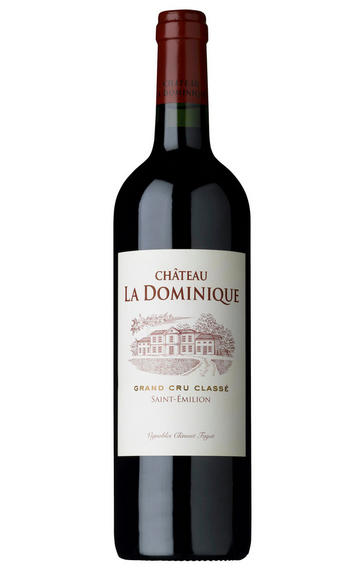
2012 Château La Dominique, St Emilion, Bordeaux
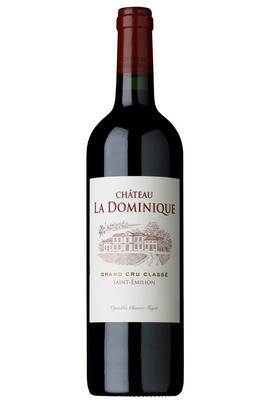
Critics reviews
This is a resounding success for La Dominique, which seems to have returned to the path of glory after a wayward trek.
Robert Parker - Wine Advocate - Apr 2013
Julia Harding MW, jancisrobinson.com, 26 Apr 2013
James Molesworth, Wine Spectator, April 8 2013
This is a resounding success for La Dominique, which seems to have returned to the path of glory after a wayward trek.
Robert Parker - Wine Advocate - Apr 2013
About this WINE
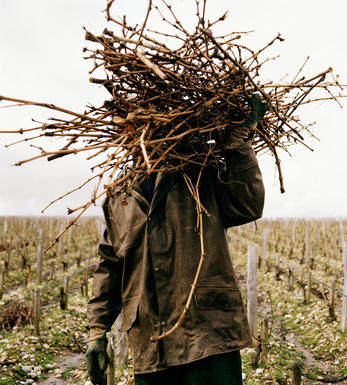
Chateau La Dominique
Château La Dominique, a St. Emilion Grand Cru Classé property had an illustrious reputation during the 19th century which it has recently reclaimed. The catalyst for its modern renaissance was its purchase by motorway tycoon Clément Fayat in 1969. He installed a brand new cuvier and introduced new techniques in the vineyard. He also engaged the services of the ubiquitous Michel Rolland.
La Dominique is located on the border with the Pomerol appellation and its vineyards adjoin those of Cheval Blanc. The soils are a mixture of limestone, gravel, sand and clay and the 22 hectares of vineyards are planted with Merlot (80%), Cabernet Franc (15%) and Cabernet Sauvignon (5%). The grapes are fermented in temperature-controlled, stainless steel tanks and the wine is then aged in oak barriques (50-60% new) for 18 months.
La Dominique produces intense, ultra ripe, and opulent clarets, which, while hard to resist, tend to show at their best with 7-10 years of bottle ageing.
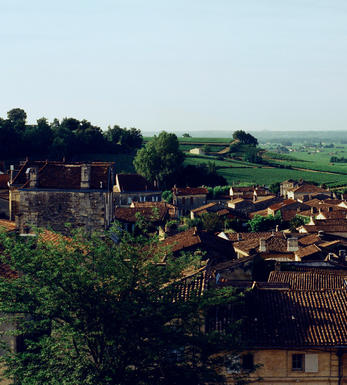
St Émilion
St Émilion is one of Bordeaux's largest producing appellations, producing more wine than Listrac, Moulis, St Estèphe, Pauillac, St Julien and Margaux put together. St Emilion has been producing wine for longer than the Médoc but its lack of accessibility to Bordeaux's port and market-restricted exports to mainland Europe meant the region initially did not enjoy the commercial success that funded the great châteaux of the Left Bank.
St Émilion itself is the prettiest of Bordeaux's wine towns, perched on top of the steep limestone slopes upon which many of the region's finest vineyards are situated. However, more than half of the appellation's vineyards lie on the plain between the town and the Dordogne River on sandy, alluvial soils with a sprinkling of gravel.
Further diversity is added by a small, complex gravel bed to the north-east of the region on the border with Pomerol. Atypically for St Émilion, this allows Cabernet Franc and, to a lesser extent, Cabernet Sauvignon to prosper and defines the personality of the great wines such as Ch. Cheval Blanc.
In the early 1990s there was an explosion of experimentation and evolution, leading to the rise of the garagistes, producers of deeply-concentrated wines made in very small quantities and offered at high prices. The appellation is also surrounded by four satellite appellations, Montagne, Lussac, Puisseguin and St. Georges, which enjoy a family similarity but not the complexity of the best wines.
St Émilion was first officially classified in 1954, and is the most meritocratic classification system in Bordeaux, as it is regularly amended. The most recent revision of the classification was in 2012
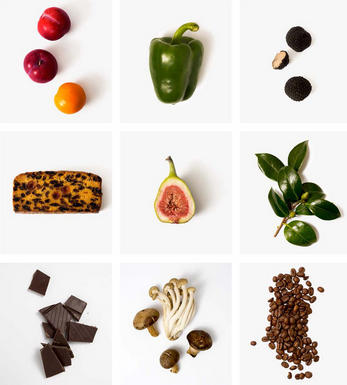
Merlot
The most widely planted grape in Bordeaux and a grape that has been on a relentless expansion drive throughout the world in the last decade. Merlot is adaptable to most soils and is relatively simple to cultivate. It is a vigorous naturally high yielding grape that requires savage pruning - over-cropped Merlot-based wines are dilute and bland. It is also vital to pick at optimum ripeness as Merlot can quickly lose its varietal characteristics if harvested overripe.
In St.Emilion and Pomerol it withstands the moist clay rich soils far better than Cabernet grapes, and at it best produces opulently rich, plummy clarets with succulent fruitcake-like nuances. Le Pin, Pétrus and Clinet are examples of hedonistically rich Merlot wines at their very best. It also plays a key supporting role in filling out the middle palate of the Cabernet-dominated wines of the Médoc and Graves.
Merlot is now grown in virtually all wine growing countries and is particularly successful in California, Chile and Northern Italy.


Buying options
Add to wishlist
Description
This is an attractive and generous example from St Emilion, with ripe blackcurrant and blue fruit characters and a plump texture throughout. There is plenty of depth on offer across the palate with mineral and graphite notes to accompany the fruit. Well integrated acidity provides a linear, silky mouthfeel and a cool, refined finish. This illustrates the depth and finesse that can be found on the Right Bank this year.
Martyn Rolph, Private Account Manager
wine at a glance
Delivery and quality guarantee